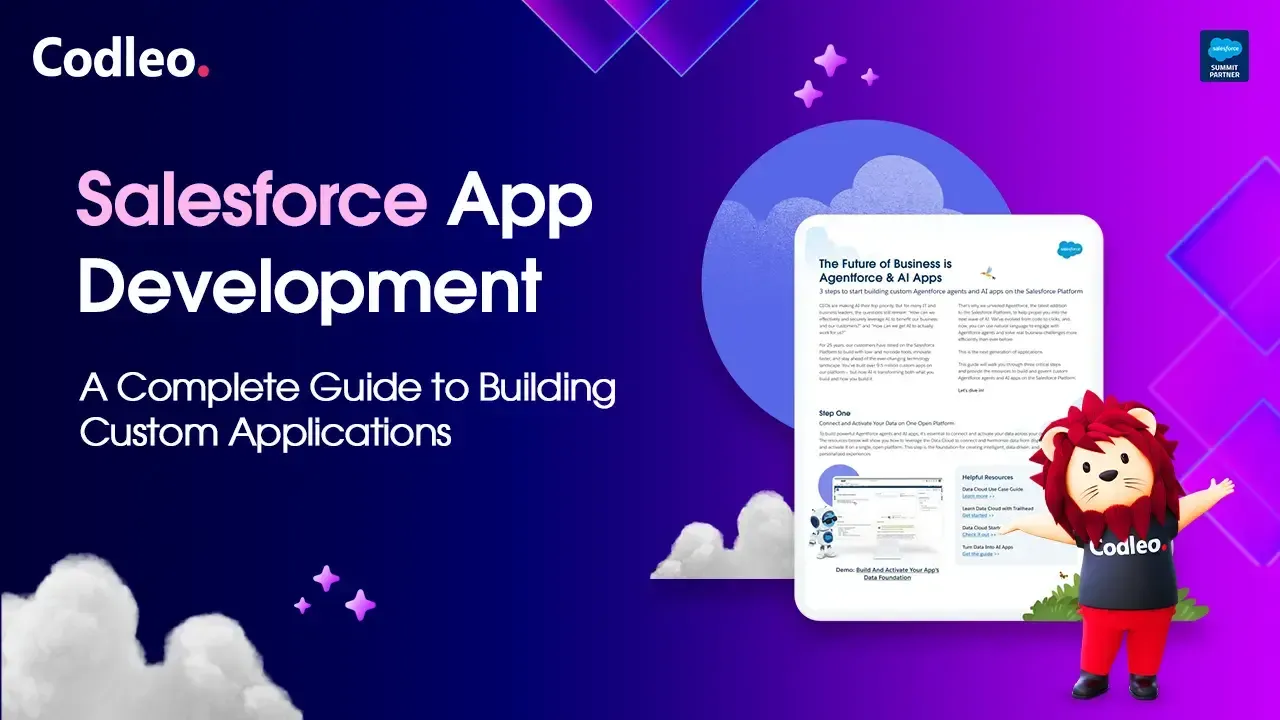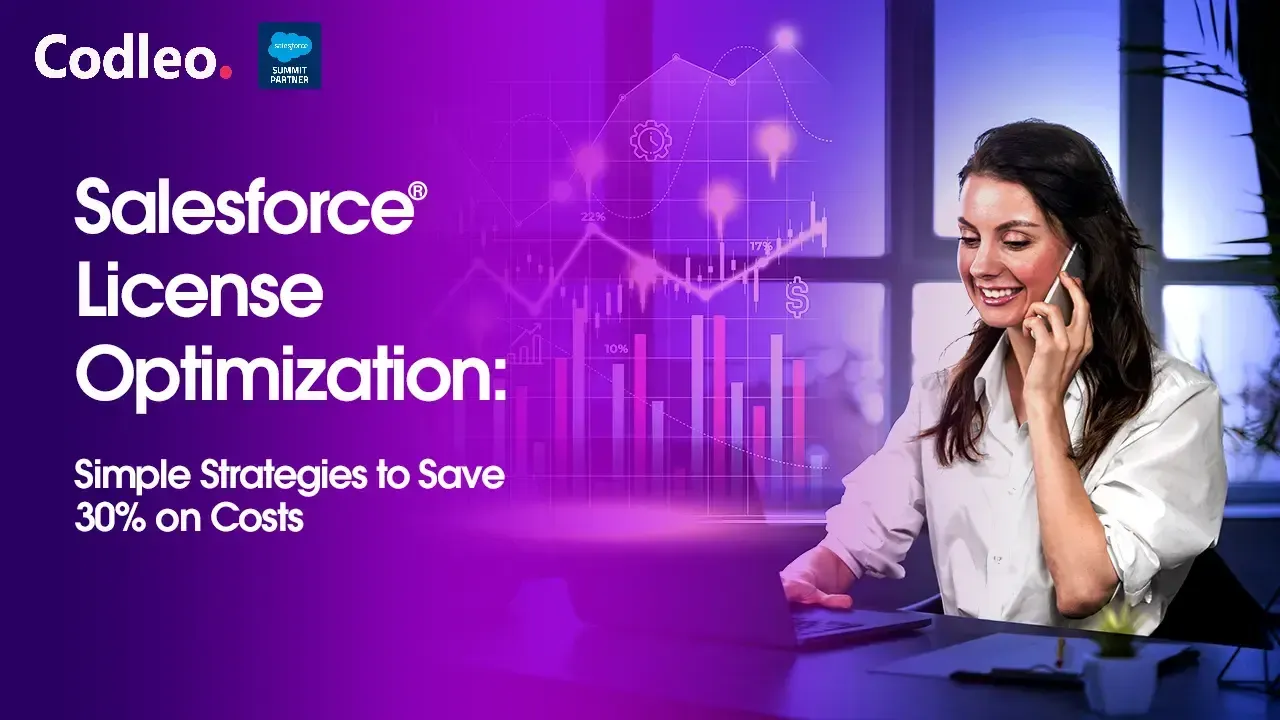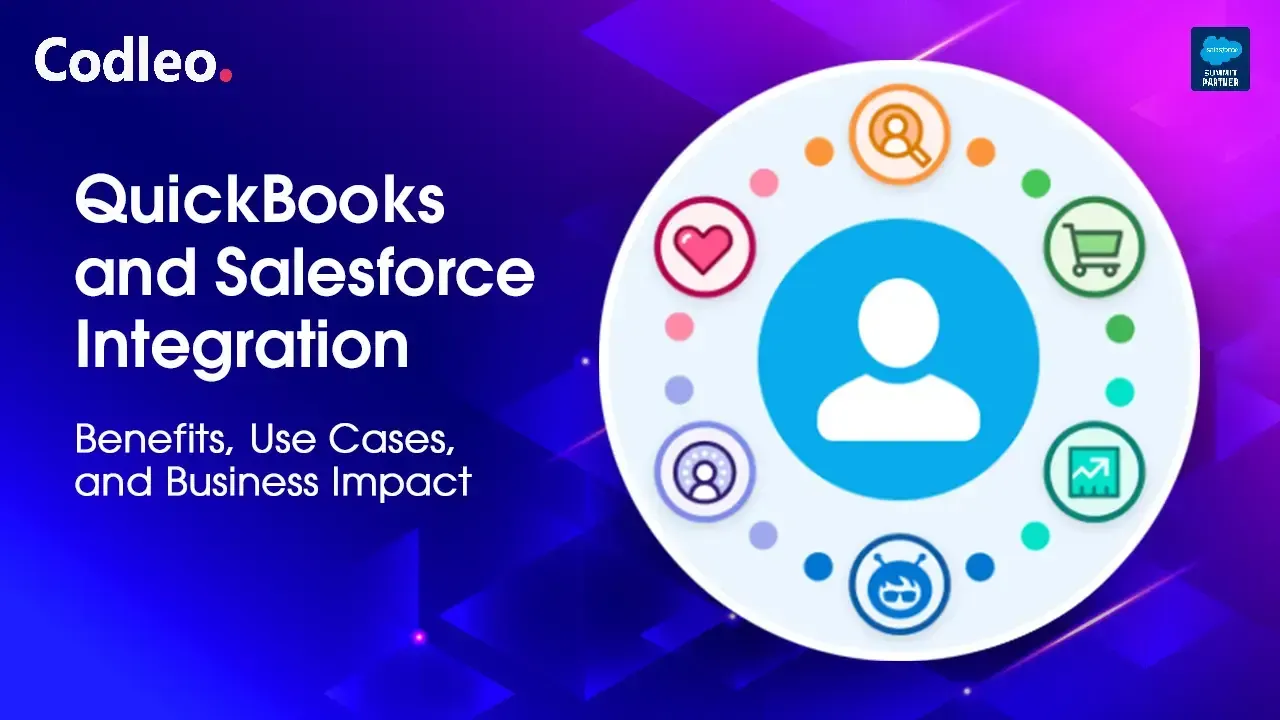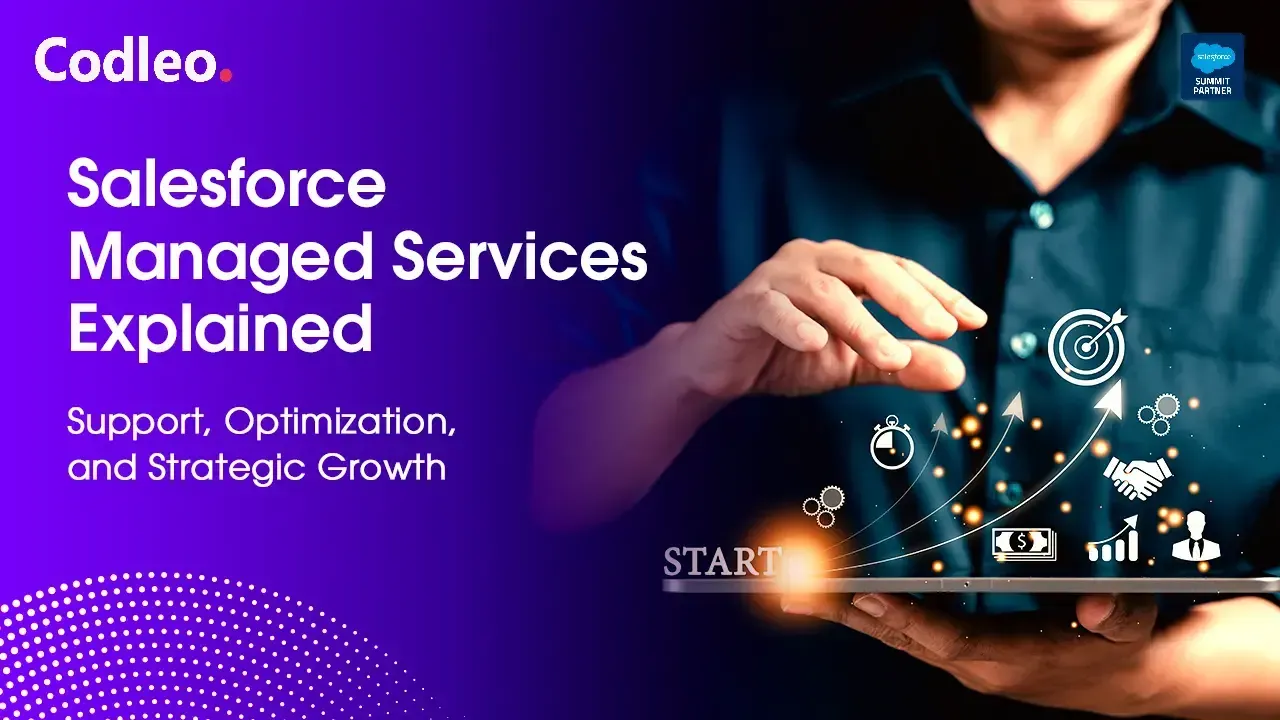Publish date:
Salesforce admins serve as the link between businesses and Salesforce technology. However, there is often confusion about their primary responsibilities and roles.
In this article, we will explain the importance of Salesforce admins and their roles and responsibilities.
What is a Salesforce Administrator
A Salesforce Administrator, or Admin, improves business processes by customizing the Salesforce Platform for different stakeholders.
It is an operational role that involves:
-
User management: Creating and managing profiles, roles, and accounts.
-
System Configuration: Fields and Layouts
-
Data Management: Import/Export and maintaining data integrity using validation rules
-
Security: Sharing rules and OWD (Organization-Wide Defaults)
-
Automation: Designing processes to reduce manual tasks
-
Integration: Installing and configuring 3rd party integrations
-
Troubleshooting, training and support.
The power of Salesforce admin is that this specialist best understands how to make the platform work for your company’s goals.
Salesforce admins can be categorized according to:
Here’s a simplified version of the text:
-
There are different levels of Salesforce admins: “Accidental Admin,” “Also Admin,” “Adept Admin,” “All-Star Admin,” and “Accelerated Admin.”
-
Admins can work in different ways: in-house, external, or virtual.
Now, let's look at how Salesforce administration varies based on the type of engagement.
In-house vs. External (Outsourced) vs. Virtual Salesforce Admins
An in-house Salesforce admin is someone you hire to manage your Salesforce platform. You can hire them part-time or full-time. Their job is to take care of your Salesforce system regularly.
An external or outsourced Salesforce admin is a professional from another company or a freelancer you hire to provide Salesforce services. They can help with ongoing support, lower costs, speed up the time to launch, and offer specialized knowledge. External admins perform the same tasks as in-house experts but on an outsourced basis.
A virtual Salesforce admin provides technical support with a flexible schedule. You can hire a virtual Salesforce admin for a specific time to meet your business needs.
While the roles of different Salesforce admins are similar, each type offers unique benefits depending on your company’s size, project complexity, kind of Salesforce organization, and the number of existing setups.
Businesses with complex processes and long-term goals may benefit from hiring a full-time Salesforce administrator or creating an administration department. This choice can provide dedicated support, in-depth business knowledge, and immediate availability.
However, this approach has higher costs and possible scaling challenges. Adding more team members requires training, onboarding, and benefits, among other things.
No internal Salesforce admin team can handle every business situation. For example, if you use Sales Cloud and then add Pardot, your team may not know how to use it. Without outside help, setting this up can take much time. In this case, hiring outside or virtual admins can provide more value.
Codleo is a team of Salesforce administrators. We have experience with different business cases, which helps us analyze your problem from various angles. We aim to find the best solution for you.
-
Learn more: Why Should You Outsource Salesforce Admin
Salesforce Administrator Roles and Responsibilities
Understanding Salesforce admins' work helps to examine their daily, monthly, quarterly, and yearly tasks. These activities are mostly the same whether the Salesforce administrator works in-house, is outsourced, or operates virtually.
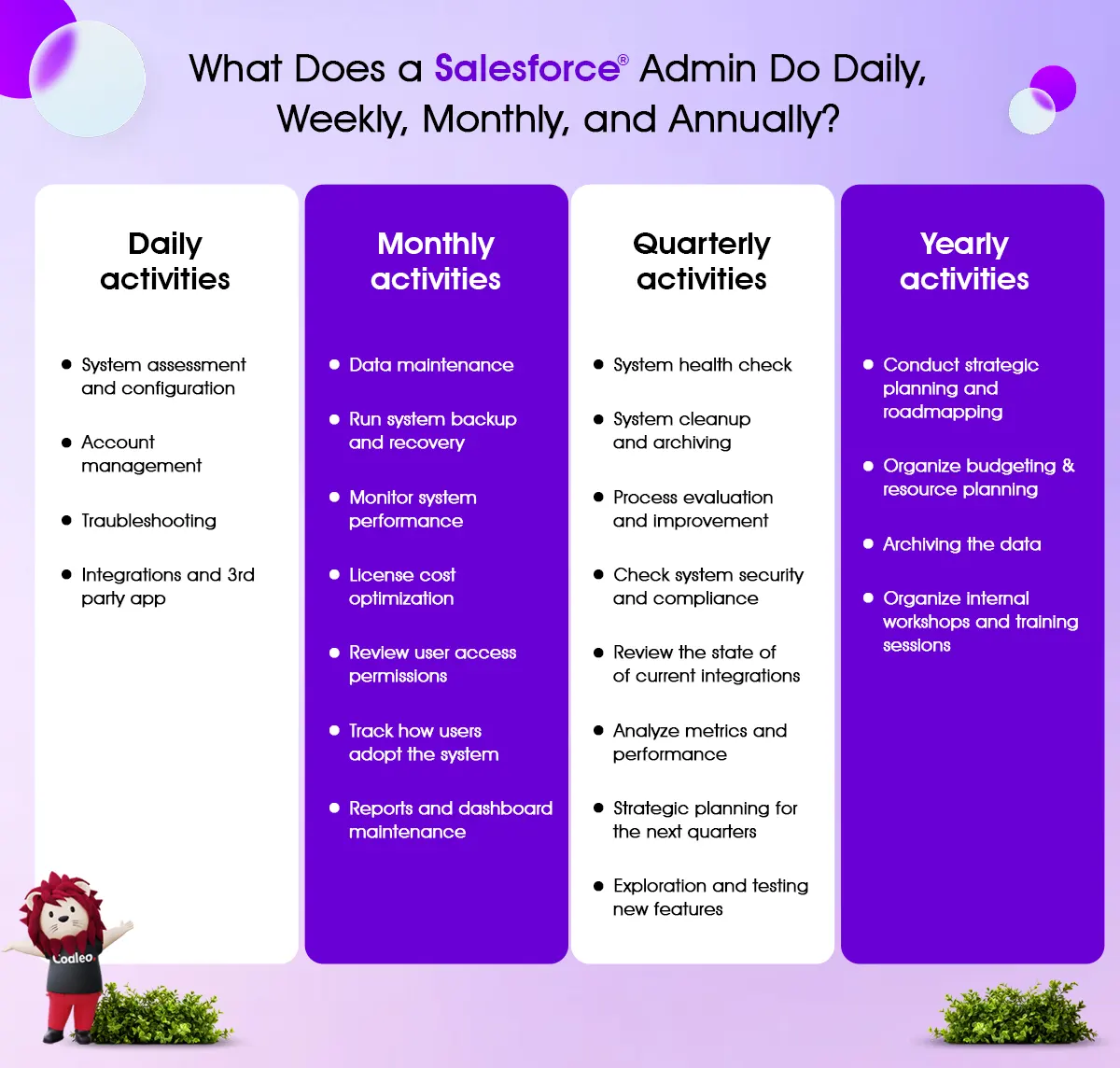
Salesforce Admin Day-to-Day Activities
The daily tasks of a Salesforce Administrator can change based on what the organization needs and how complex the Salesforce setup is. Here are some everyday tasks they usually do each day:
System assessment and configuration
It includes creating and changing fields, page layouts, record types, and validation rules. You can also add newly approved IP addresses, set workflow rules, use the process builder, and manage Salesforce approval processes.
Account management
The main goal is to keep the list of Accounts in the Organization clean and updated. To achieve this, Salesforce admins lock and unlock user accounts, fix data records, and manage ownership.
Troubleshooting
Administrators help users solve problems with Salesforce features, data, or system performance. They look into and fix user-reported issues, work with Salesforce support if needed, and handle single sign-on (SSO), two-factor authentication, and certificate issues.
Managing integrations and third-party apps.
Salesforce system administrators manage the connections between Salesforce and the organization's other apps. They set up and maintain integration settings, monitor data flow, and install managed packages to enhance the platform's features.
Salesforce Admin Monthly Activities
Salesforce Administrators have daily tasks, but they also have specific functions that must be done once a month or once a quarter. Typically, they spend one or two days each month on these tasks, which include:
Data maintenance
This involves finding and fixing data quality issues, dealing with duplicates or inconsistencies, updating outdated information, and making changes or additions to pick-list values and other fields.
System backup and recovery
Administrators back up the entire system, including data, metadata, and error logs, for any system or application connected to Salesforce to avoid data loss. They can automate the backup process or do it manually. In addition, they check that data recovery procedures work, ensuring that data can be restored when needed.
System performance monitoring
They examine how the system is used each month and identify areas where performance slows down. Then, they take steps to improve it. This might include adjusting settings, streamlining processes, or fixing storage issues.
License cost optimization
Salesforce admins should analyze Salesforce license costs every month. This helps them determine whether the current license meets the business's needs or should be changed to a different type.
User access permission management
Administrators regularly check user access permissions to ensure everyone has the right level of access and maintain security. They may also perform audits to spot unauthorized access or security risks and take action to protect data privacy.
User adoption tracking
Administrators monitor how well users adopt new Salesforce features in the organization. They check how effectively users use these features each month and offer specific training or guidance as needed.
Reports and dashboard maintenance
This involves changing current reports, making new ones, or adjusting parts of the dashboard to show data more clearly.
Salesforce Admin Quarterly Activities
Salesforce Administrators focus on a few key tasks each quarter. They analyze the system's performance, optimize it, improve processes, and plan strategically.
System health check
Administrators thoroughly check the system to evaluate its performance, security, and scalability. They examine system logs, track resource use, and find ways to improve it.
System cleanup and archiving
Administrators remove unused or outdated data, such as records, attachments, and files. They may archive or delete information that is no longer needed. They also update the list of users to improve system performance and reduce storage space.
Process evaluation and improvement
Administrators examine current business processes and workflows to find ways to make them more efficient and automated. They collaborate with stakeholders to understand issues and inefficiencies from the last quarter and then develop an improvement plan.
System security and compliance
Administrators review security to make sure Salesforce settings and user permissions follow the organization’s security policies and compliance rules. They check who has access, update security settings, and add extra security measures.
Integration management & support
Administrators check how well-existing integrations with other systems and third-party apps have worked over the last 3 months. They look for any new integrations or changes to the ones already in place.
Metrics and performance analysis
Administrators look at key metrics and performance indicators to evaluate how well Salesforce helps meet business goals. They examine reports, dashboards, and analytics to spot trends, patterns, and areas that need improvement.
Strategic planning for the next quarters
Salesforce admins work with stakeholders to help plan strategies. They share insights and performance reports that show how to use Salesforce effectively. Each quarter, they review metrics and suggest ways to improve the Salesforce platform for the upcoming quarters.
Exploration of and testing new features
Administrators review new features that Salesforce releases three times a year: winter, spring, and summer. They evaluate how these features can help improve the organization’s processes and enhance user experience.
-
You may also like: What Does Salesforce Developer Do?
Salesforce Admin Yearly Activities
Salesforce administrators do several key activities each year. These include planning strategies, archiving data, optimizing the system, and working on long-term projects. Here are some everyday yearly tasks for Salesforce Administrators:
Strategic planning and road mapping
Administrators work with important stakeholders to ensure Salesforce strategies support the organization's long-term goals. They participate in planning sessions, identify areas for improvement or growth, and create a plan for adding new features, functions, or integrations.
Budgeting and resource planning
Administrators work with finance and management teams to create budgets for Salesforce projects. They examine resource needs, licensing, and infrastructure to ensure enough resources for ongoing support and future projects.
Data Archiving
To save on storage costs in Salesforce, admins archive all field history tables, chat histories, documents, email histories, and tasks each year.
Organize internal workshops and training sessions.
Administrators create and update training materials, user guides, and documentation to help users use Salesforce effectively. They also hold training sessions or workshops to teach users about new features, best practices, and system changes.
Why Hire a Salesforce Admin?
Salesforce administrators are responsible for managing the Salesforce platform. They ensure it meets the organization's needs and helps different departments, such as marketing, sales, and customer support, work effectively.
Salesforce administrators have various roles. In addition to managing Salesforce, they also work as business analysts, technical support agents, change managers, and trainers.
Their skills in customization, data accuracy, and security enhance operational efficiency and build trust. They help people make informed decisions using advanced data analysis and provide targeted training to equip users.
CRM administrators help maintain the system’s integrity by following best practices and governance policies. They act as a bridge between different stakeholders. It ensures that the organization maximizes the value from Salesforce, enhancing productivity and return on investment (ROI).
If you are thinking about hiring a Salesforce administrator, the price can change based on the tasks and amount of work needed.
Optimizing Salesforce Administration Costs: Best Practices for 2026
By following these best practices, businesses can get the most value from their Salesforce investment while keeping costs under control.
Assess Business Needs
Define the roles and responsibilities of the Salesforce admin in your organization. It helps you avoid paying for skills or services that your business does not need.
Hire Certified Admin
Certified Salesforce administrators might be more expensive, but they work more efficiently. This efficiency helps lower long-term costs by reducing mistakes and waste.
Review the Processes
Regularly check your Salesforce organization and the tasks done by the admin. It will help you find weaknesses and ways to save money.
Share Resources
If your organization is large and has different departments using Salesforce, consider having a centralized admin team. This team can support multiple departments and help share costs.
Choose the Best Hiring Model
Choose the best hiring model for your needs and budget: full-time, part-time, or contract. For small projects, contract or part-time staff may work well. For larger, ongoing projects, you might need a full-time position.
Outsource Strategically
Consider hiring part-time or contract workers for non-essential tasks or during busy times. It can lighten the load for full-time employees and reduce overtime costs.
Look for Package Deals
If you are outsourcing, some service providers offer packages that can save you money compared to separate contracts.
Leverage Virtual Salesforce Admin Packages
Look for cost-effective options like Administrator-as-a-Service or virtual administration. These flexible solutions can be tailored to fit your organization’s needs and reduce the costs linked to hiring full-time staff.
Other Hidden Factors Affecting the Cost of Hiring a Salesforce Admin
When hiring a Salesforce administrator, there are several hidden costs to consider:
-
Number of Certifications: Administrators with more advanced Salesforce certifications may expect higher salaries because these certifications can be expensive to obtain.
-
Extra Software and Equipment: The administrator may require specialized software or hardware to perform their job effectively, which adds to the costs.
-
Scope of Responsibilities: If the administrator has more responsibilities, like business analysis or complex customization tasks, it may cost more to hire them.
-
Project Complexity and Size: Companies with complex Salesforce setups may require more skilled administrators, which can result in higher salaries.
-
Market Demand: If there is a high demand for experienced Salesforce administrators, salaries might rise.
By carefully considering these factors, organizations can make better financial decisions when budgeting for a Salesforce administrator.
Reasons to Hire Codleo for Salesforce Administration?
Codleo is a certified Salesforce partner and a recognized provider of Salesforce administration services.
If you choose Codleo for your Salesforce administration, you can benefit from our 10+ years of experience in the CRM market. We offer deep expertise in customizing Salesforce and provide proactive support to help you succeed.
Over 300 companies trust Codleo for Salesforce administration. We can support businesses of all sizes, from small companies to large enterprises. Our team can adjust our services to fit your needs.
We offer flexible engagement models so you can choose the level of support that best fits your organization. Codleo is an excellent choice for your Salesforce administration team because we have the following:
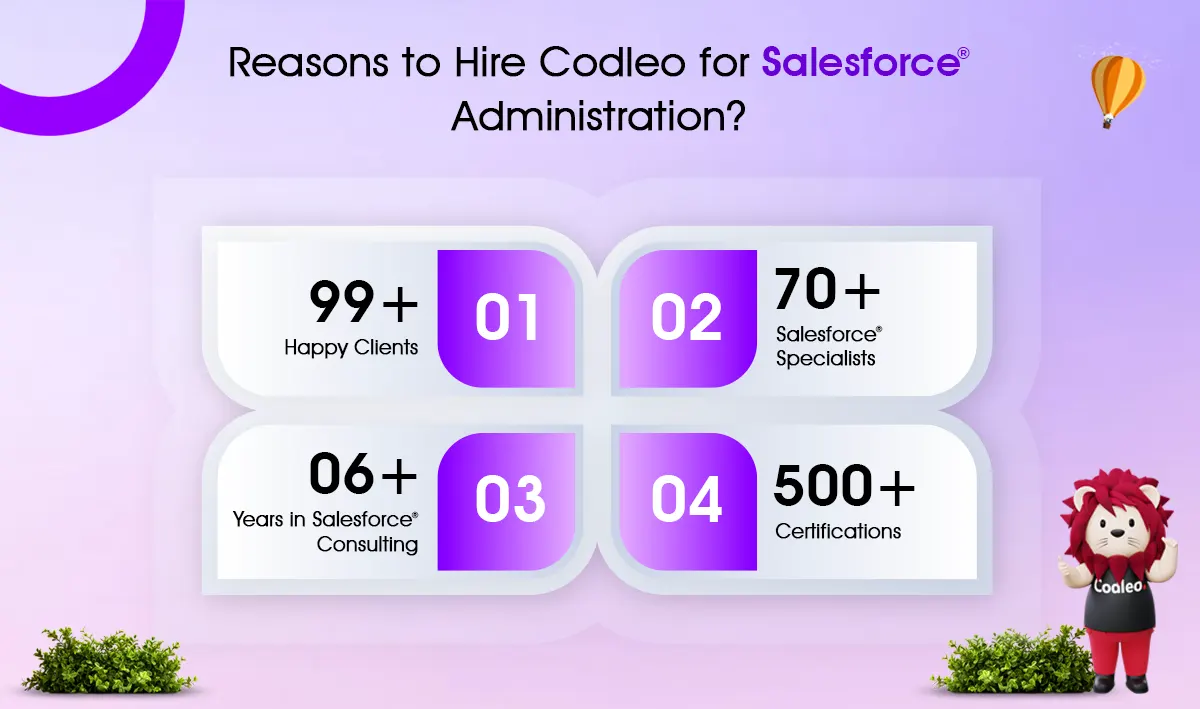
We will work closely with your team to understand your needs and challenges. We will provide ongoing support and advice. By collaborating, we aim to deliver top-quality Salesforce administration services and ensure your satisfaction with our work.
Book a free Salesforce consulting call to start fruitful cooperation.






